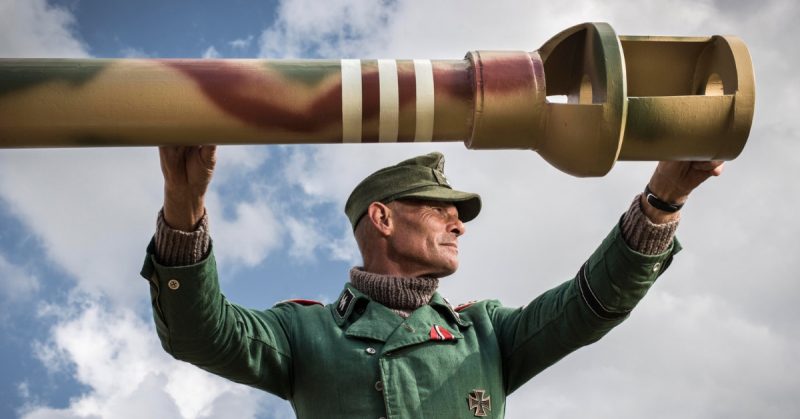From an extremely young age, children in schools all over the world are taught about the horrific abuses of the Nazi war machine that menaced the entire world in the middle of the last century, as well they should.
The grim reality of the Holocaust, the heroism of the Battle of Britain, and the sacrifices honorable men and women in uniform cannot and should not be denied.
But not all of the official narrative is strictly based on the truth, such as the notion of German war superiority. It’s an enduring myth born from another myth of overall German efficiency, which itself is rooted in ideas born of nationalism, religion and enlightenment era thought.
The truth is that the Germans in WWII were not as efficient in terms of their economy, technology, or even warfare as contemporary historians have made them out to be.
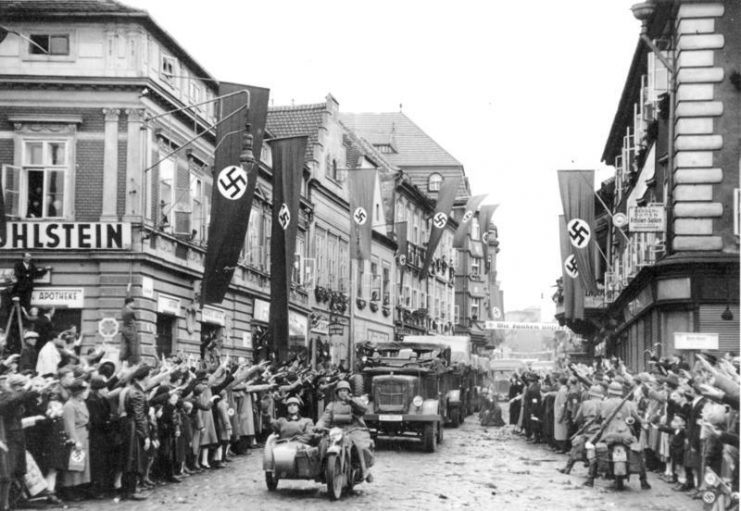
In the defense of historians, it’s a pretty easy mistake to make. The accepted wisdom of Nazi technological superiority generally comes through evidence and information gathered from the lived experiences of those on the front.
For example, in terms of tank warfare, there is no comparing the devastating firepower and shielded monstrosity that was the German Tiger and other heavy tanks, especially when compared against the weaker Sherman tank.
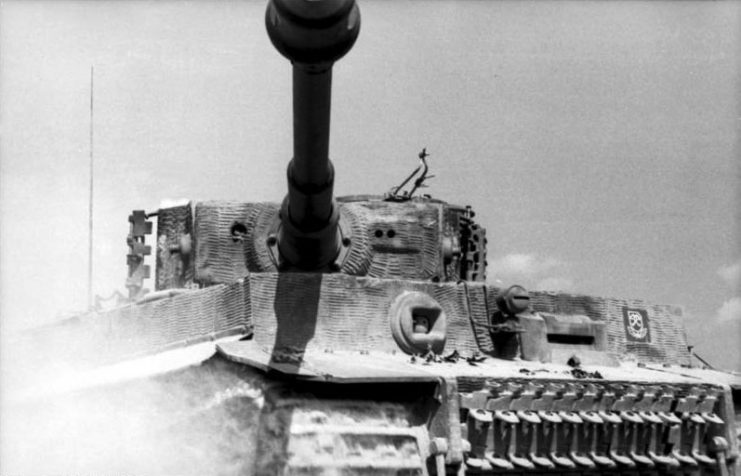
The common soldier in a foxhole in Normandy discovers a Tiger tank, and recognizes only that it’s a huge tank with a great massive gun that will absolutely destroy him if it fires off a shell. But operationally, according to James Holland, author of the three-volume history “The War in the West,” the picture is entirely different.
The total tally of Tiger tanks built by the Germans was 1,347, while the Americans mass-produced 49,000 Sherman tanks.
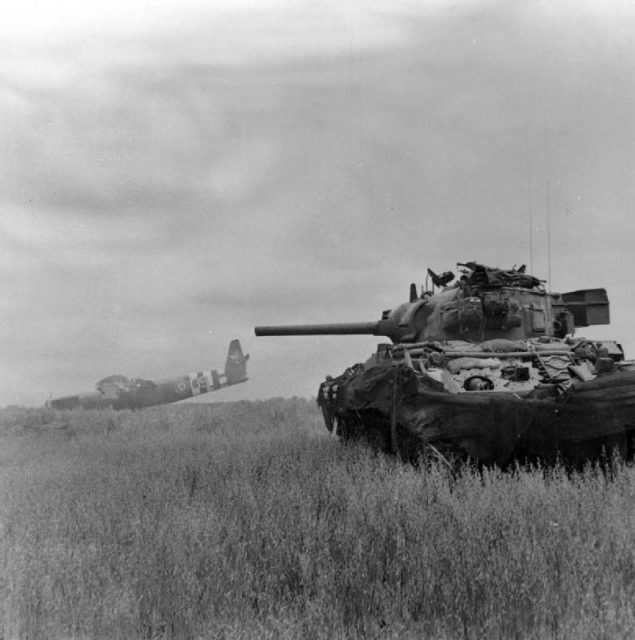
Also, while the Tiger tank was a heavily armored monster, featuring a peculiar and complex six-speed gearbox designed by Ferdinand Porsche, it was also inefficient in that it frequently malfunctioned, guzzled fuel and was difficult to sustain in combat.
So much for the mechanical superiority of the Third Reich. Holland continues by stating that of the 135 divisions used for Blitzkrieg in the West in May of 1940, only sixteen of these were mechanized and the other 119 were either fighting on foot or relying on horse and cart.
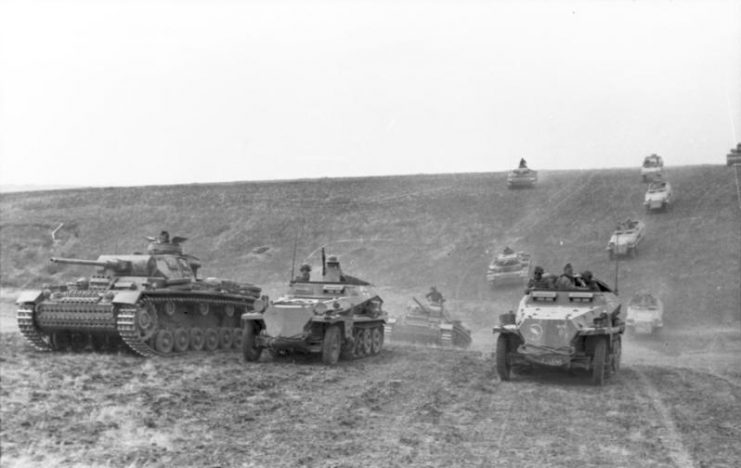
The demands placed by the German war machine as the war progressed would not lend themselves to the conservation of material either. Germany was short on oil, steel, and food, making blitzkrieg warfare more of a necessity and an operational gambit rather than a brilliant forward-thinking strategy.
The Nazis needed to destroy their enemies in the first phase of the war to stand any chance of emerging victorious, and Holland says that when they didn’t, they had no choice but to invade the Soviet Union to acquire more resources. This compounded Hitler’s logistical and tactical problems exponentially.
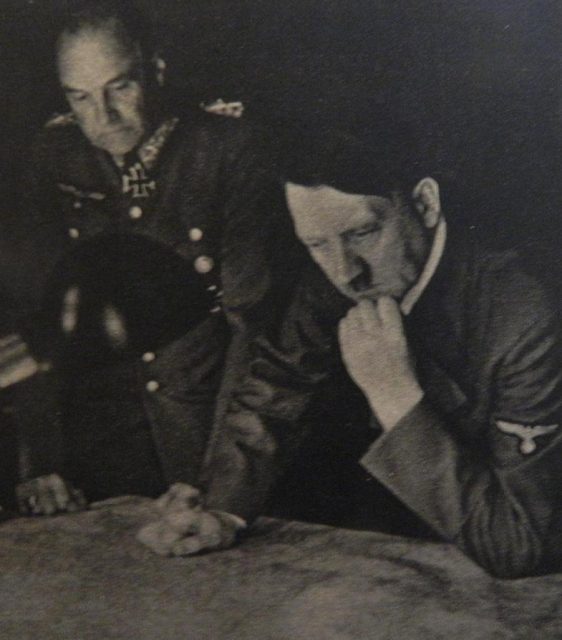
But what about the legendary brutal efficiency of the Wehrmacht? As it turns out, the roots for their efficiency may have more to do with the effects of modern pharmacology than in any variety of nationalism or ideologically inspiration and given the nature of the performance-enhancing substances the Nazis were giving their soldiers, it couldn’t have lasted much longer.
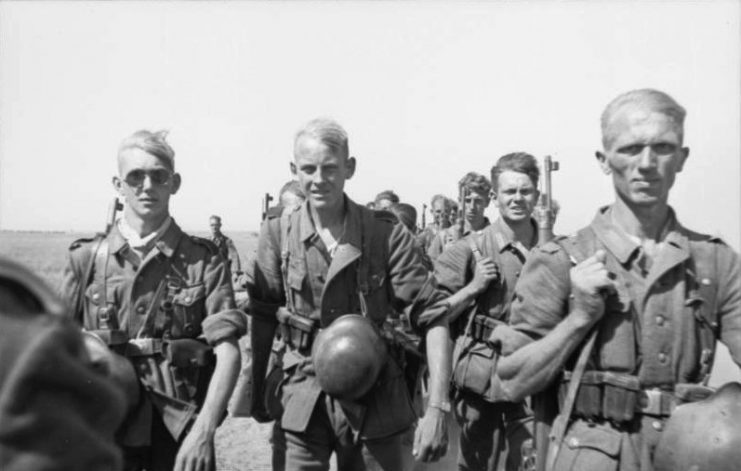
Nazi officials used high-performance drugs such as cocaine and methamphetamine hydrochloride, known today by its street name crystal meth. German aviators and military units were dosed with Pervitin, a methamphetamine-based drug manufactured in Germany from 1937, with the intention of increasing operational efficiency.
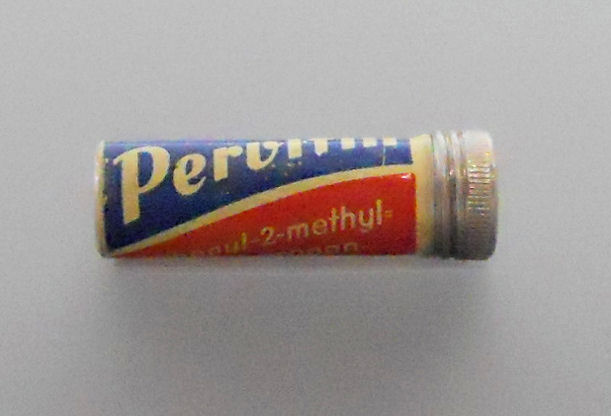
According to Kristen Keefe, a professor of pharmacology and toxicology at the University of Utah, these drugs affect the same systems in the brain in different ways. Methamphetamine or cocaine increases the release of two main neurotransmitters in the brain, these being dopamine and serotonin, which provide the user with a sense of energy and euphoria.
They are both highly addictive substances, which would ultimately provide strategic, tactical and disciplinary problems later on.
Although highly effective, the Nazi Germany war machine was not necessarily the juggernaut it is often portrayed as and the productivity and efficient use of resources by the Allies, namely the U.S., Soviet Union, and U.K., may have been understated in many assessments.
